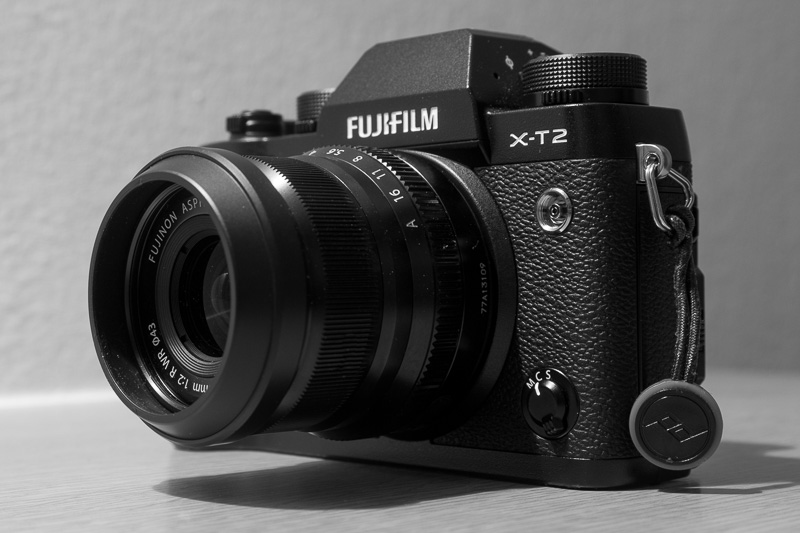
Those of you who read my Sony A7II vs. Sony A6500 comparison know that I have been curious about the Fujifilm X-T2 for quite some time, I am still looking for a reliable, handy and fast camera to take pictures of people, especially children. Neither of the cameras that I have used so far could satisfy me completely, therefore I decided to take a look over the fence.
The Fujifilm X system is to me the most obvious alternatives to the Sony FE system. The approach to offer as many manual controls as possible as well as the broad but reasonable lens lineup and fast AF are very appealing to me. So when I got the chance to give the system a try I jumped on it. I will use a Fujifilm X-T2 with four lenses for a month. Will it suit my needs?
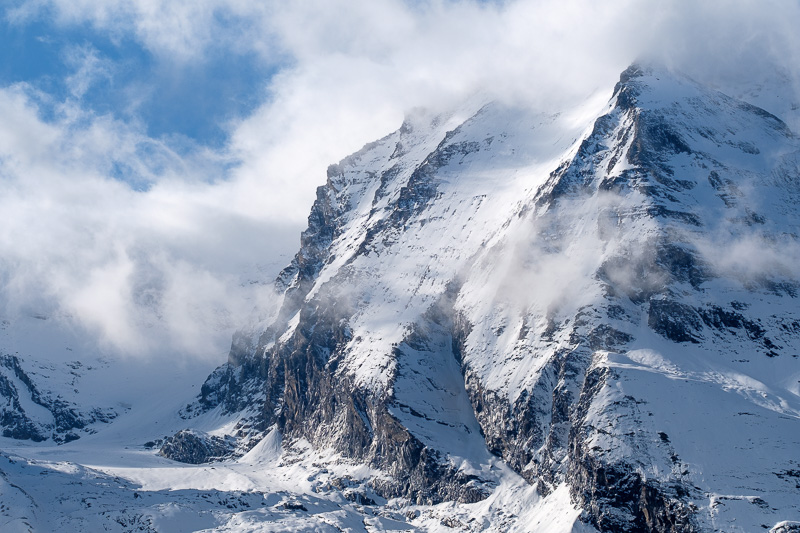
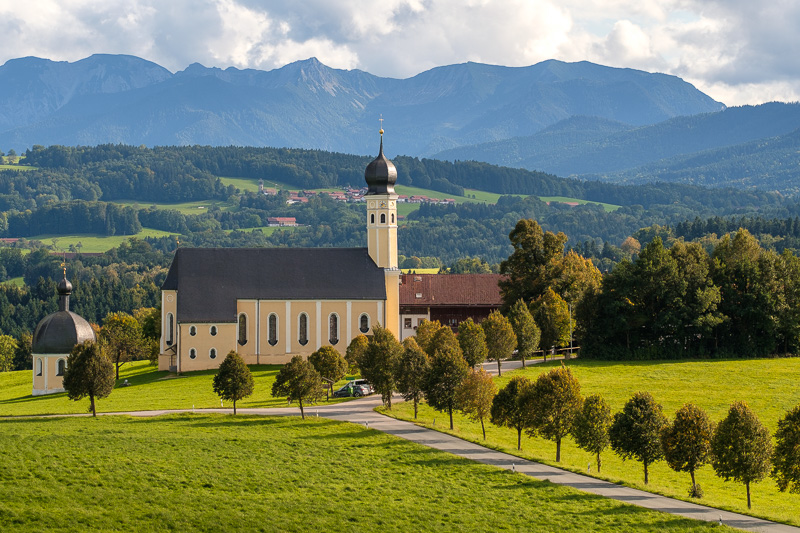
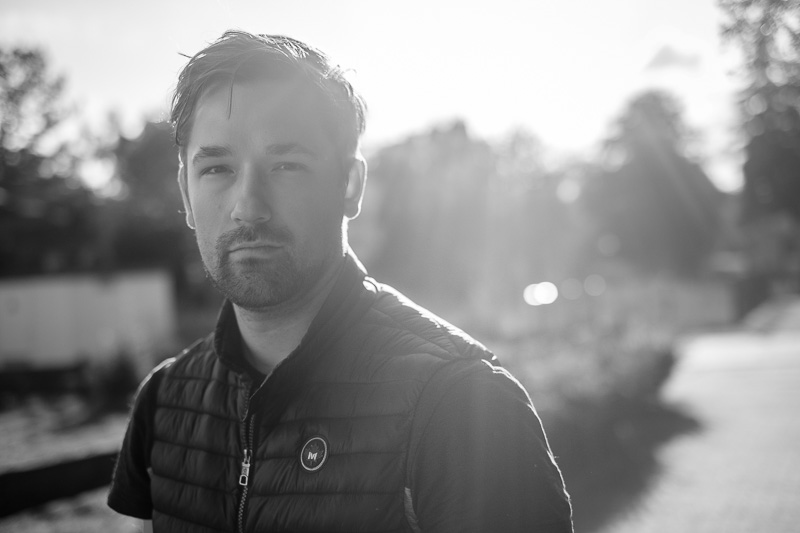
The half-time report
Contents
Introduction
I have been a Sony user since I bought my first camera (Sony Alpha 200) in 2009 . Apart from an intensive but short affair with the Fujifilm X100 in 2012, I have been entirely brand loyal to Sony because they offered the products that met my needs. In that long time, Sony has grown as a camera manufacturer but I have also grown as a photographer.
With the birth of my child, my main subject moved rapidly from landscape and architecture towards people photography. The Sony A7II was a perfect camera when my boy was a baby and didn’t move a lot. Since he grew up and started to move, the auto focus was brought to its limits and beyond much more often than I had anticipated. This was especially the case in dim conditions.
Furthermore, I started to do shootings with other families quite regularly. It is more than embarrassing when the parents see the perfect smile of their kid on the camera monitor and you have to explain that it is just not sharp at all and that they can’t print the image. I really feel far away from being able to offer professional family photography with my a7ii and that keeps frustrating me. Luckily my customers still love what I do and I always get enough keepers to satisfy them. I just know that the results could be much better. The straw that broke the camel’s back was the behavior of the Sony FE 1.4/50 ZA in combination with the A7II in the studio. The combination is absolutely unusable because it focuses at working aperture, no matter what the live view settings are. I almost screwed a shooting because of that issue and at that point I knew that the A7II is not the right tool for my kind of people photography.
One side note – I still love manual focusing and it is my tool of choice whenever my subject is predictable. Children aren’t! 😉
The Sony A6500 was a big step in the right direction but the ergonomics of that camera just didn’t meet my expectations. I could have made the easy decision to get a DSLR with a few primes but I am a convinced mirrorless user now and I really enjoy all of the benefits that come with this decision. A DSLR would be my last choice if I knew for sure that I couldn’t satisfy my needs with a mirrorless camera. The range of choices boils down quickly, this is the way that I see my alternatives:
- Sony A9 – Perfect, but financially out of reach at this point
- Sony A7Rii – MP overkill and still too slow + studio problems
- Sony A7iii – How will it look like? If it will be an A9 without high FPS rate, it could be perfect.
- Olympus OM-D or Panasonic GH/GX – Some interesting features but the sensor is too small for my kind of people photography
- Fuji X-T2 – Questionable RAW-Editing but attractive handling and lens choices
- Nikon/Canon – Dinosaurs on steroids
Normally, a new generation Sony A7 should be the the obvious choice but the real A7-successor (the A7ii is just an update that made the original A7 work properly and added IBIS) is still a rumor and I start to loose my patience. The sensor is four years old and the autofocus has still the performance of mirrorless cameras in 2013.
In the end, the Fuji option seems to be the best compromise on the paper and a real alternative. One big factor for me was the support of Fujifilm by Godox which is the most attractive flash system on the market for the mortal people that don’t want to spend an arm and a leg.
A German retailer was kind enough to offer me a free rental for some time and I thought that it might be a good opportunity for me and maybe also for our readers to take a look over the fence. This is also great because I will be able to make a sound decision which way to go when the A7iii materializes (unless the Fuji will really blows my socks off).
I used to own an X100 (1st generation) that I loved and hated at the same time. Since that point, my photography but also Fujis cameras have come a long way – I am really curious how I will like the X-T2 and if it is a real alternative for my people photography. This will be a user report that contains my opinion. I will try to be as objective as I can but of course I will focus on my needs.
The gear that I am testing is the following:
- Fujifilm X-T2
- Booster Grip
- Fujifilm XF 2/23 R WR
- Fujifilm XF 1.4/35 R
- Fujifilm XF 2/90 R WR
- Fujifilm XF 4.5-5.6/100-400 R WR LM OIS
(Amazon.com affiliate links)
Handling
I have used the X-T2 for a few days now and I start to get a feel for that camera. Having wheels for all three important parameters (aperture, shutter speed, ISO) is not just retro or a gimmick.
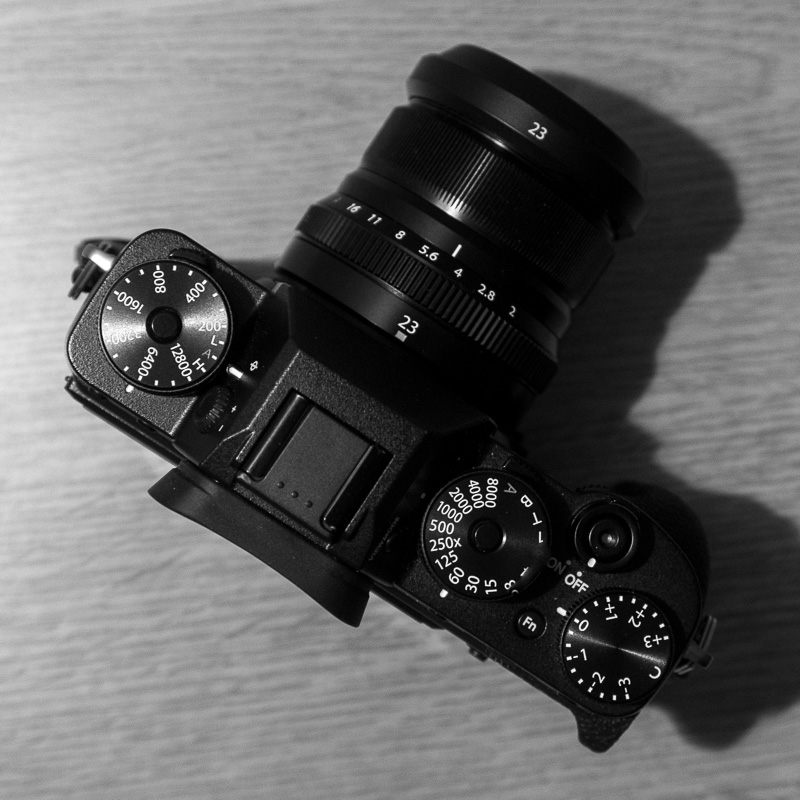
If you have a basic understanding for what you are doing, you will be able to see instantly how your camera is set up and how you can change it for your subject. Every wheel has an “A” position where you can set the (semi-)automatic modes. Just like in the old days with a Nikon FE.
The ISO-automatic has three adjustable presets, where max ISO and minimum shutter speeds can be defined.
The wheels for ISO and shutter speed can be locked with a knob when it is pushed in. The wheels don’t turn that easy but it is a good insurance that you don’t change your settings accidenttally.
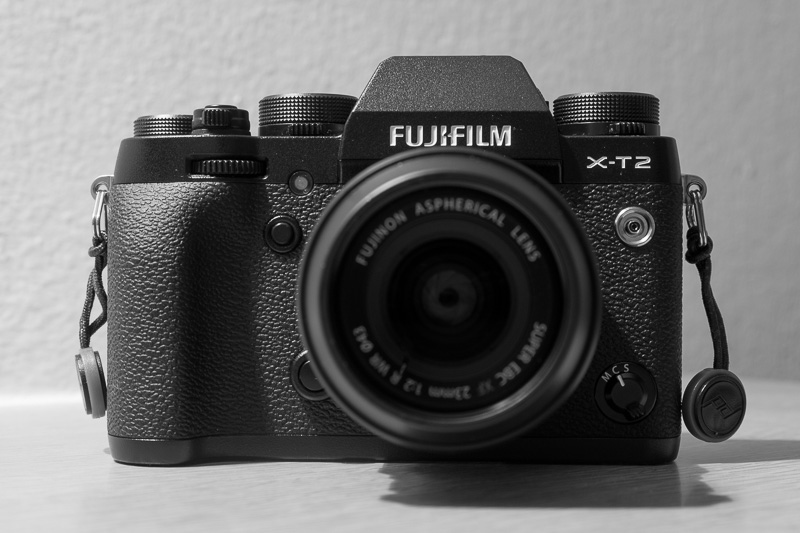
I often read that the X-T2 has way too many dials, that this is impractical, only for lovers of manual work. I am one but I can’t agree with that! I am able to setup all parameters fast and blind (looking through the EVF) after less than one week, so I’d call this intuitive for advanced photographers.
If you come from Sony, some things about the camera are confusing as well. I was just not able to get the camera in AF-C mode. In the next morning, I discovered the small switch at the front of the camera. It was not even possible to adjust it in the menu, because there is the physical switch. This is not a real criticism, I just needed some time to find it out.
I prefer the Sony position of the playback and delete buttons, because I can access them with the right hand. The “wheels under the wheels” for the drive mode and the metering are genious but a bit fiddly.
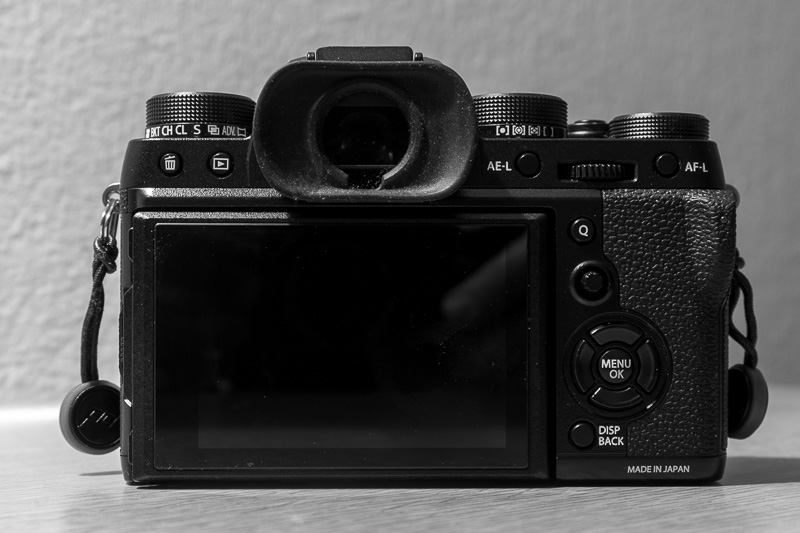
I appreciate that the Fuji has a viewfinder switch, where you can choose if you either use the viewfinder, the display or the sensor to switch between both automatically.
The Fuji menu system looks very different compared the Sony menu system. I quickly got used to it though. The menu of the Fuji X-T2 has two layouts- a full menu and a quick menu (like the FN menu of the Sony) that can be set up individually. So far, I needed the menu far less than with the Sony A7II because I can adjust almost every important setting with the physical dials.
I have to admit that my shooting style is a very simple one, that profits from the Fuji layout. I shoot RAWs and only care about exposure, shutter speed and focus. White balance is almost always set to AWB and everything else happens in the postprocessing. That also means that I have to edit every image but I can live with that because I spend rarely more than three minutes with an image.
The Fujifilm X-T2 has got two fast UHSII SD-card slots. They can be used for memory extension, backup and for the seperation of RAWs and JPEGs. This is a big deal for many event and wedding shooters and generally gives some additional confidence in the reliability. I didn’t have any buffer clearing issues so the whole data system seems to work fast and flawless.
The battery life of the Fuji X-T2 seems to be a bit better than the battery life of my Sony A7II, but actually not by much. The new Sony NP-FZ100 that is used in the A9 is much better than either and we can just hope that the battery will make its way into the Sony A7III.
One thing that was really worrying me in the first days was that the camrea froze for 4-5 times. I had to pull out the battery which was not a fast thing using the battery grip. I would have eaten the camera for that if that would have happened in professional use. Luckily this didn’t happen in the last three days but I will keep an eye on that. This would be a deal breaker for me if it continues to happen.
Viewfinder and Display
The viewfinder is a real gem of the Fujifilm X-T2. It has a huge 0.77x magnification and a large size (0.5″). It is very responsive and the contrast is very high. The eye point is farther away than the eye point of every other camera that I have used so far. This helps me a lot because I can see the whole viewfinder image when I wear glasses. I struggled a lot with the eye point of the cameras that I have used before because I composed my images not perfectly when I didn’t see the whole image. This is by far the best EVF that I have used so far.
The rear display is bright, contrasty and as large as the Sony A7II display (3″). The tilting mechanism of the Fujifilm X-T2 is very smart. The display can tilted up and down in landscape orientation and furthermore tilted up in portrait orientation. I have struggled with my Sony A7II’s up and down only monitors, especially when doing macro work on a tripod.
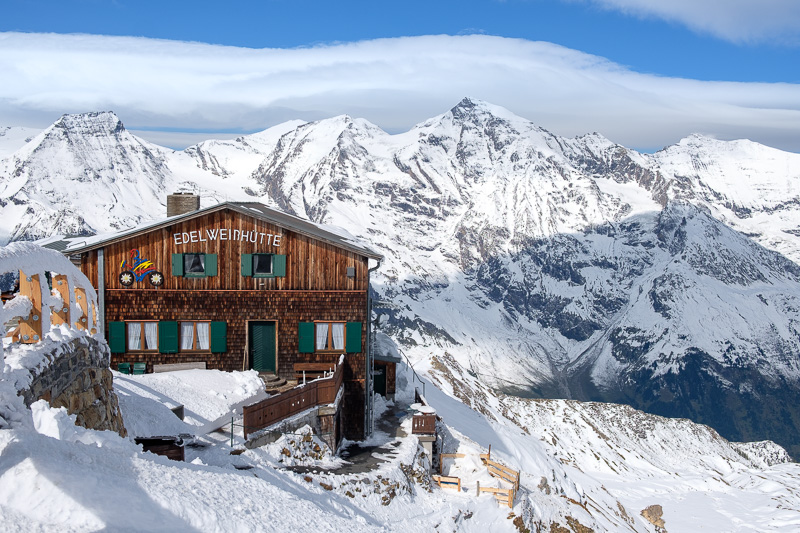
Build quality
Everything about the camera feels well made and solid. The body has nice metal top and bottom plates. The battery door as well as the memory card door are made of plastic. Most of the camera body is covered by a rubbery fake-leather surface that adds a nice grip to the body. The camera also has a little heft to it (507g with battery and memory card) that emphasises the impression of good build quality.
I think that the rear buttons of the Sony cameras have a little better response, maybe this is a trade off to the weather resistant design.
The build quality of the lenses that I use is also consistently high with a nice metal finish. The painting seems to be quite scratch resistant. I would rate the build quality above the Sony FE and ZA lenses but below the (for my taste unmatched) build quality of the Sony GM or Zeiss Loxia lenses.
The plastic Fuji lens hoods are comparable to the cheaper Sony lens hoods (FE 2/28, 1.8/85) but less well build than the hoods of the Sony premium lenses. There are also some metal lens hoods available for a large premium.
The Grip of the X-T2 is a bit flat for my taste, I prefer the deeper Grip of the Sony A6500 or the Sony A7II. The grip gains a little more thickness with the battery grip, but it doesn’t change that much. The positioning of the shutter button is between the A7’s and the A7II’s position. I can live with that but prefer the Sony A7II’s positioning. The inclusion of a screw mount for a wired remote is a bit dated, but some people use it for soft release buttons.
The whole X system has a consistent and quite beautiful retro look to it. It is interesting that people often ask me about my camera when I use a Fuji and almost never about my Sony. That was the case when I used the X100 and is also now with the Fuji X-T2. There is just something special about that design. This is also very subjective and doesn’t result in nicer images.
Weather Resistance
This is a very big deal for me and something that I am really missing with my Sony. I don’t see a real sealing and naming concept from Sony that indicates which gear can stand the elements and which should better be kept dry.
Fujifilm claims exactly which gear is ready for rugged outdoor usage and which isn’t. Most of the newer lenses feature the WR (weather resistance) feature, which is also mentioned in the full name of the lens.
I don’t know for sure how reliable this is, but the looks of the sealing of the camera and the lenses inspires quite a bit of confidence. Shooting in the snow or in the rain is something that I wanted to do for a long time.
I took the camera out to the pouring rain and exposed it for 30 minutes to water from above. It was raining so strong that I wouldn’t even have pulled out my Sony A7ii of the bag. I kept the X-T2 under my jacket when I didn’t need it but I didn’t hesitate to get every shot that I wanted. I didn’t have any issues and everything is still working fine. It feels liberating to be able to use the camera even in bad weather and it motivates me to get my gear out.
Theses are some shots that I took in the rain:
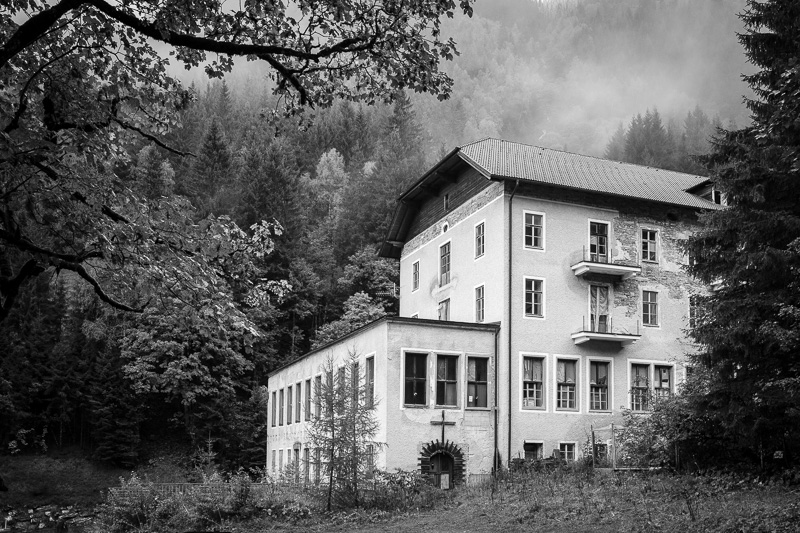

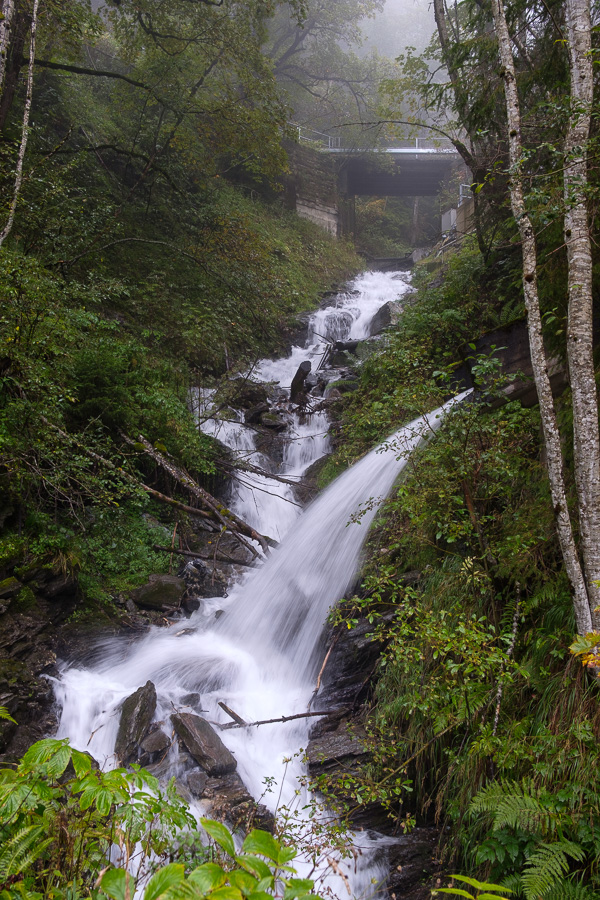
AF
So far, I use mostly AF-S. The general speed of the AF was very convincing so far. The modern Fuji lenses, especially the XF 4.5-5.6/100-400 and the XF 2/23 are blazingly fast and focus almost instantly when the shutter is half pressed. Maybe this gets even faster with top end DSLRs but this is definitely a focusing speed that I can use for my work.
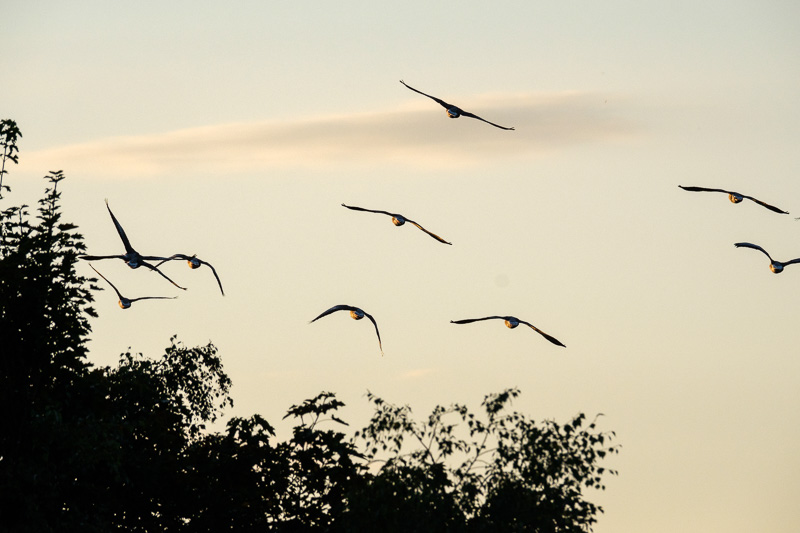
I can also praise the precision of the AF-S so far, but this is only true for spot AF. The images that I take in that mode are almost always perfectly focused although the spot size is a little too large for my taste. It is easily possible to take even sharp pictures of landscapes with AF (spot), not matter if the lens is used wide open or stopped down. The precision of the zone and automatic mode wasn’t comparable, the results were consistently less sharp.
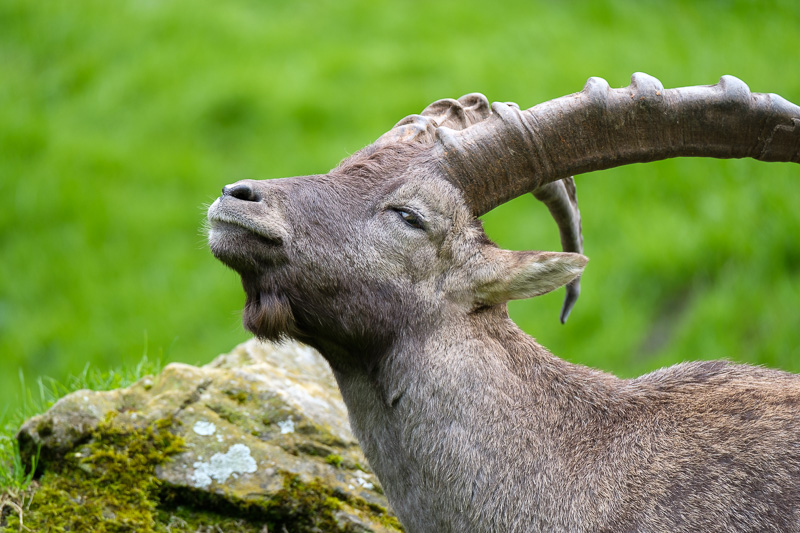
The face detection of the Fuji seems to work reliably although it is not a dedicated eye AF. I had the impression that the camera chooses not always the closer eye. Most of my portraits were focused perfectly, but in some pictures (10% maybe) the focus was slightly at the wrong spot. Still good enough for most applications but critical for larger prints.
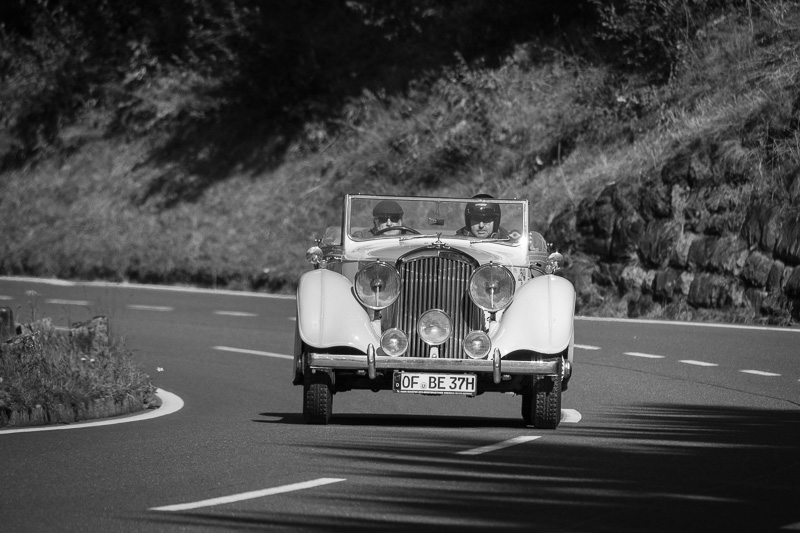
I have used the AF-C of the Fujifilm X-T2 to take some pictures of moderately fast driving cars. It worked okay, but not as good as I have hoped. It had trouble to keep up with objects that were moving towards me and the scrap rate was high in general. There were not many series where the focus was locked to a target and stayed there. I mostly used the AF-C preset “basic” and also “appear” when the situation needed it. I guess it could be better if I had more practice but I expected a better performance here. I can’t compare it directly to the A6500 but I guess (subjectively!) that the Sony camera would have performed better in that scenario.
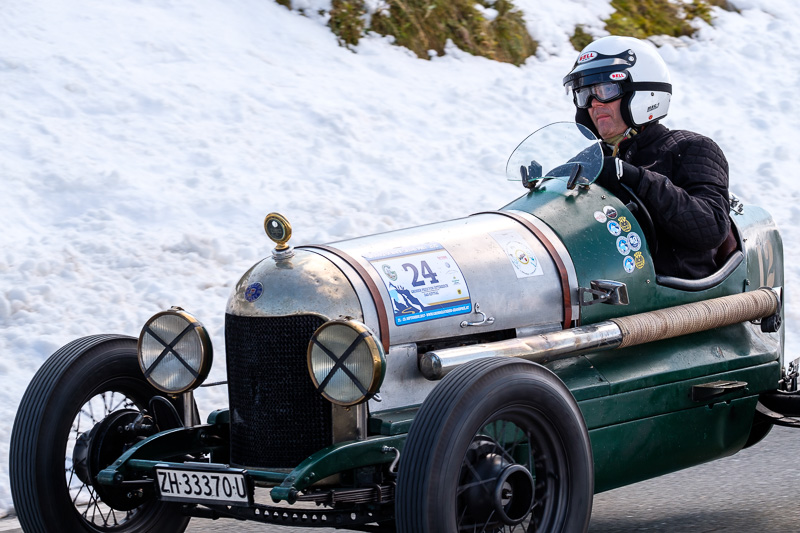
One thing that I really like and that I find very important for my cameras in the future is the AF joystick. It is possible to react much faster to situations than messing around with a touchscreen (A6500) or than pushing the central button of the command wheel twice and moving it around by pushing the wheel (A7ii). The A9 also features a joystick and I hope that Sony will introduce that in other cameras as weIl. All in all I absolutely like the handling of the XT-2.
Image Quality
Using an APS-C sensor
Already my time with the Sony A6500 has shown me that I can be very happy with an APS-C sensor in terms of pure image quality. The noise performance in general is good enough in most scenarios. I have noticed that you can’t push the shadows as much as with the Sony A7II without getting noise though. The dynamic range is very good at base ISO (which is unfortunately ISO 200) and so far sufficient for every shot I took. I have the impression that the loss of DR at higher ISOs is strong, I had to fight a lot with blown out windows in a documentation I did. That is usually not such a big issue for me when I shoot my a7ii, but the scenario was also demanding.
I use a lot of fast glass with my Sony A7II and my biggest worry about the APS-C sensor is that the maximum amount of subject isolation will not be sufficient. Actually this can be answered if the numbers of the available lenses are converted to full frame lenses. Luckily, Fujifilm has a few very fast lenses, that also make good full frame equivalents:
- 1.4/16 is equivalent to 2/24
- 1.4/23 is equivalent to 2/35
- 1.4/35 is equivalent to 2/50
- 1.2/56 is equivalent to 1.8/85
- 2/90 is equivalent to 2.8/135
Even if the equivalents are taken into account, the Fuji lenses offer a good amount of subject isolation. I am pretty sure that it could be enough for me, but keep in mind that the Fujifilm images will not match the look of the images of f/1.4 lenses on full frame cameras. If this is the defining element of your images, the Fuji is just not the tool for you. My impression has always been that the big two and also Sony degrade APS-C cameras artificially by offering the best lenses only for the full frame cameras. Of course, the FF lenses can also be used with the APS-C cameras but you will carry unnecessarily much bulk with you and you will have to play the game of equivalence. Fuji is a nice exception here, they offer capable and well matched lenses for their cameras.
Finally, take a look at this entertaining video by Zack Arias. Take it with a grain of salt but it is very funny and striking. Of course there is a difference in the performance between APS-C sensors and FF sensors, it’s more or less one stop depending on the sensor generation.
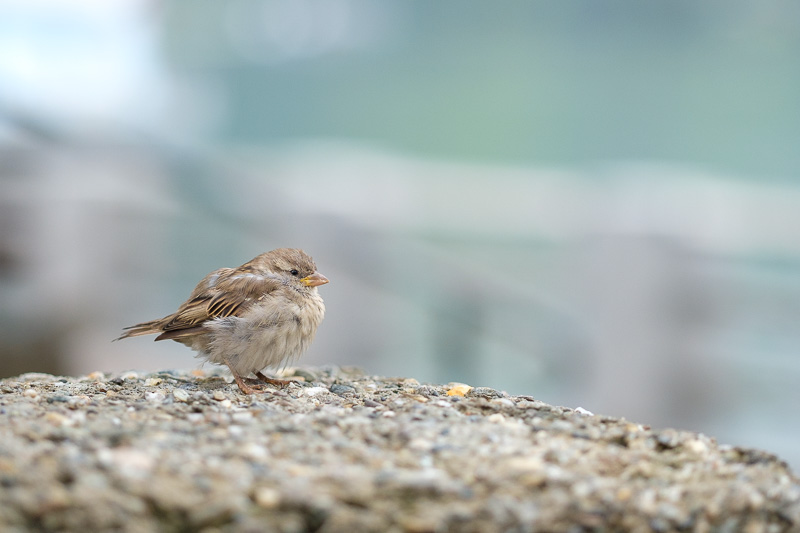
The RAF Files
I shot it for 2 days just with the Acros preset (RAF+JPEG) because I was so afraid to open these X-Trans RAWs and to get disappointed before I even started to get to know the camera. There are many articles that state that the X-Trans files are unusuable and that really caused some headache in advance.
There are dedicated Fuji sharpening solutions like Iridient but I try to keep my workflow as simple as possible as long as I can.
I have found these sharpening settings in Lightroom are making me happy for general use so far:
- Amount: 40
- Radius: 0.9
- Detail: 22
- Masking: 10
Please remember that different Fuji cameras need different settings, even if they are using the same sensor. The X-Pro 2 needs totally different sharpening settings.
If you need a huge amount of sharpening, artifacts that look like worms can appear. This is usually not a problem when the base material is sharp enough. Luckily, most if not all Fuji lenses are decent performers when it comes to sharpness.
Take a look at the crops to get an idea what you can expect in Lightroom.
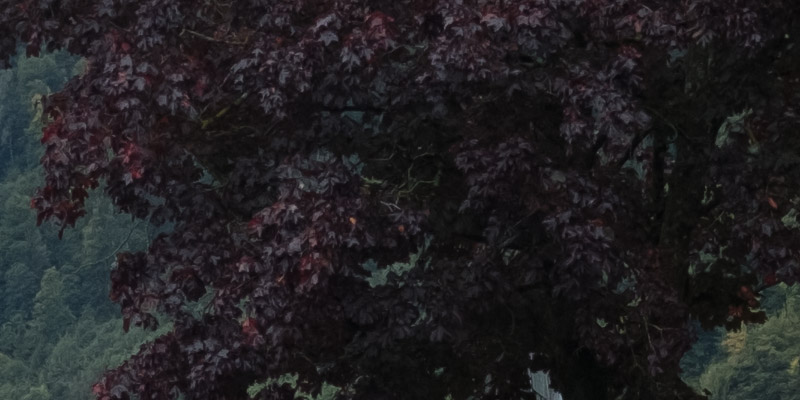
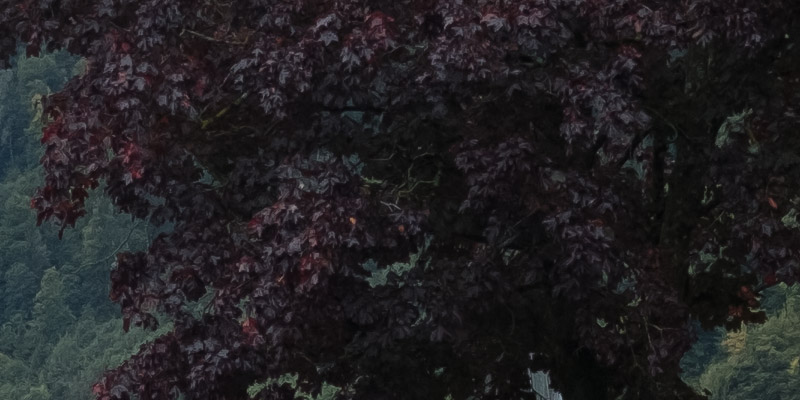
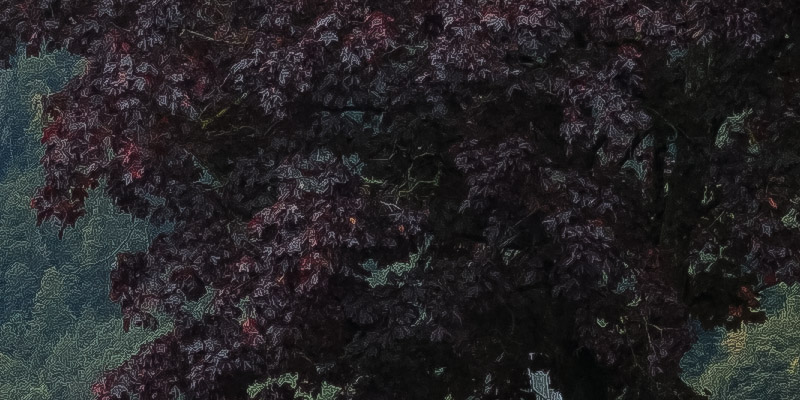
One great thing about the Fuji files is that they include camera profiles for their film simulations. It’s hard to describe the difference to the Sony profiles but in my opinion these profiles work very well and the skin colors of the Provia standard preset are beautiful. Look at the selfie below, I just came out of the cold outside and had a little red cheeks, but it comes really close to my skin color and I just like it.
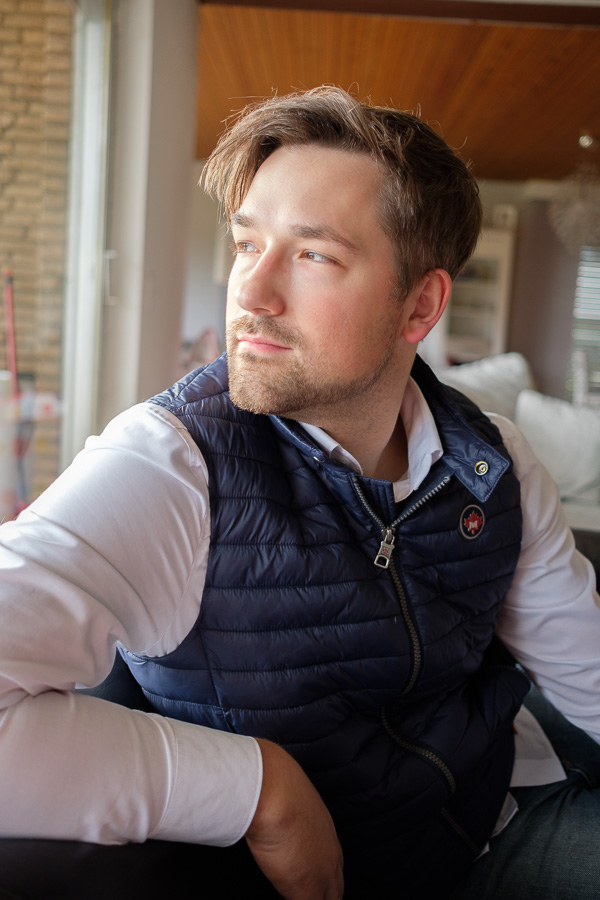
There are also profiles for the great Acros black and white film simulation, plain and with color filters.
Generally, the files have a beautiful vividness without looking artificial. I wouldn’t say that it is impossible to archieve that look with a Sony camera but I was really astonished how easy it is to get frequently nice and natural colors. Generally the postprocessing is very easy and intuitive, at least for my images.
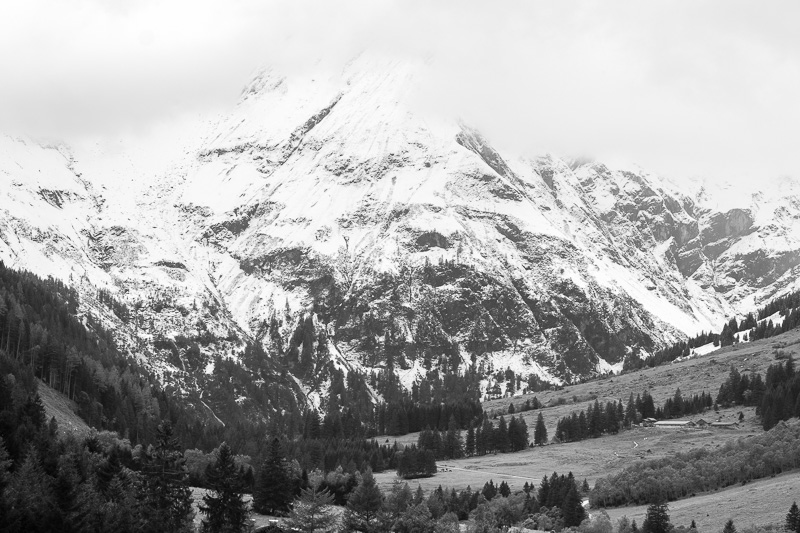
A big difference to the Sony files can be found in the lens profiles, at least in combination with Lightroom. Sony offers to turn off the profiles and Fuji works with integrated profiles. I prefer to turn them on manually, especially when it comes to distortion (costs corner sharpness) and vignetting correction (increases noise in the corners).
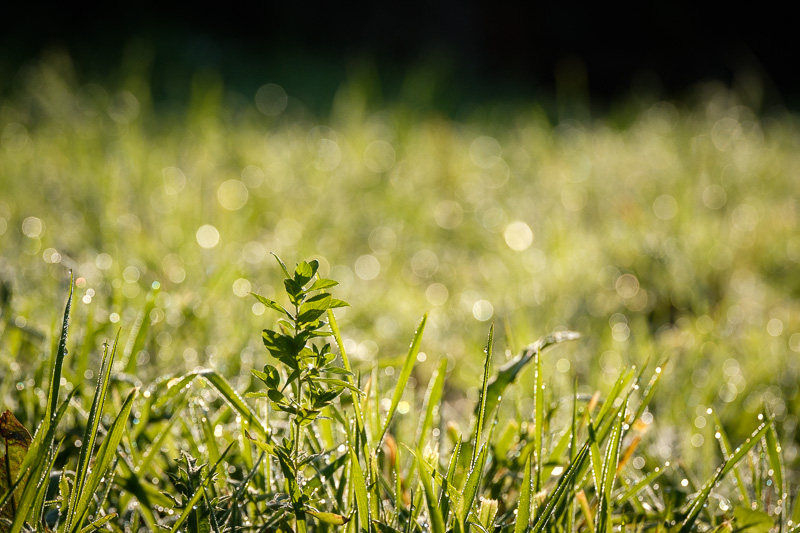
Image stabilization
If the subject movement allows it, image stabilization is a very useful tool that contributes to image quality.
The Sony A7II has in body image stabilization which helps to stabilize all 5 axes with lenses that feature OSS and which adds a rudimental image stabilization to every lens attached. In my experience it compensates no more than 1.5-2 stops but that is at least ISO800 instead of ISO3200.
The Fujifilm X-T2 doesn’t have an in body stabilizer. I don’t miss it with the XF 2/23 and the XF 1.4/35 so far, but I have the feeling that the 2/90 could make real use of some amount of stabilization, I need 1/200s shutter speed to get frequently sharp images and have to crank up ISO from time to time. There is a rumored X-T2s that should get IBIS but it is still just a rumor.
Apart from IBIS, I also have a lens with OSS, the XF 4.5-5.6/100-400. The image stabilizer of this lens puts every image stabilizer that I have used so far (IBIS, Sony 4/70-200, Sony 3.5-5.6/28-70, Sony 4/16-35) to shame. It is super impressive how the viewfinder image gets nailed and it is even more impressive to get consistently sharp images at 1/40s at 400mm (600mm FF-equivalent). If other stabilized Fuji lenses like the XF 2.8/40-150 perform on that level, I would always choose OSS over IBIS.
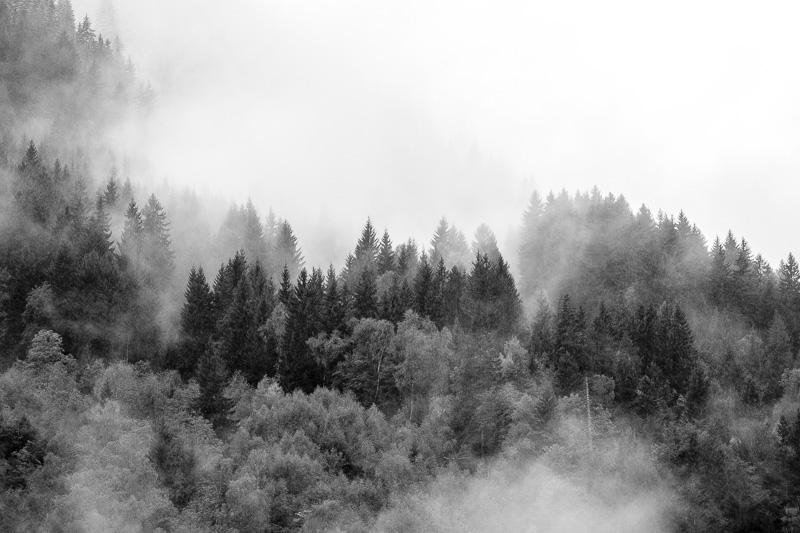
Half time considerations
Half of my time with the X-T2 is over and we got to know each other quite well. I enjoyed to use a different camera and to take a look over the fence. That alone was a great experience and I am happy that I got the opportunity to do this experiment.
I see no contest regarding the design, the fun of use and the controls in comparison with the Sony cameras that I have used so far. The Fuji X-T2 is a real pleasure to use and a well thought through camera. I never had a stronger feeling that everything is in my hands and happens exactly how I want it to. The amazing viewfinder is reinforcing my impression and I can finally use it perfectly with my glasses.
Regarding autofocus, it runs circles around the Sony A7II like we have seen with the Sony A6500 before. The Sony A7II is just dated in that regard and needs an update as soon as possible. One thing that surprised me is that the Fujifilm X-T2 performed even better than the Sony A6500 in AF-S mode. The fastest lenses (100-400, 2/23) were focusing almost instantly. On the other hand, AF-C is still a little disappointing, I will continue to try it out. The eye AF of the Sony cameras is still superior. I really like to use the AF joystick, this is a must have for me in the future, especially after the disappointing touchscreen experiences that I made with the Sony A6500.
Image quality is a mixed bag in my eyes. I really like my low ISO shots, especially the landscape shots. The sharpness of the files isn’t lacking as some reports in the net are claiming. The high ISO shots don’t convince me as much, this is probably where the full frame (or the Bayer) sensor pulls away, especially in terms of dynamic range and not in terms of pure noise. Otherwise I can handle the X-Trans files quite well and I can confirm that there is something special about the Fuji colors. Maybe this is not visible in the images that you see here but I had to put much less effort in getting the colors right.
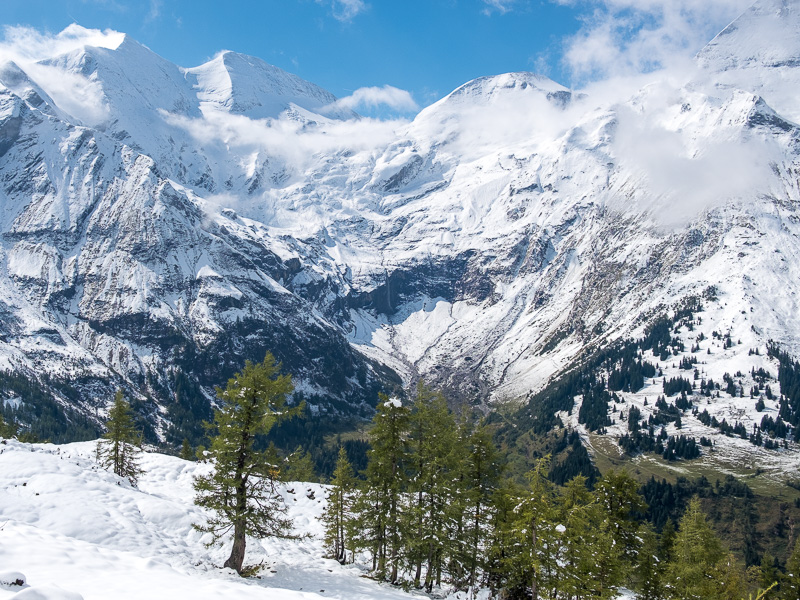
The lack of IBIS has bothered me mostly with the XF 2/90 so far. In contrast to that, the OSS of the XF 4.5-5.6/100-400 is super impressive, better than any I have seen before.
I am not sure about the reliability yet. The camera froze a few times which could become a real dealbraker to me. Apart from that, WR is working and opens exciting new possibilities. The two SD slots are also a useful feature for me.
The big question is: Is the Fujifilm X-T2 the better than my Sony A7II and would it even motivate me to switch the system?
At this point, I am not sure about it and therefore I tend to say no. If I’d start from zero (like I did when I parted from A-Mount in 2013), I’d probably go the Fuji route. It is a very appealing package with a beautiful camera that handles great and is very modern. On the other hand, I have bought deeply into the Sony system, use a lot of manual legacy lenses for 35mm film and would have to put a big effort to do the switch. I don’t have the feeling yet that this would change enough for me and that my photography won’t profit enough to justify it. Obviously, I could make a job split: Use Sony for MF and Fuji for AF tasks. I have tried that and always missed the other option when I took only one camera (which was the case most of the time). It is also weird to use cameras of two different manufacturers simultaneously, especially because both cameras handle totally different.
I will talk about the lenses in the final update, stay tuned!
If you enjoyed the report, please consider to buy your gear using one of these affiliate links. It is completely free for you and it will help us to keep the site running and the articles coming:
- Fujifilm X-T2: Amazon.com
- Booster Grip: Amazon.com
- Fujifilm XF 2/23 R WR: Amazon.com
- Fujifilm XF 1.4/35 R: Amazon.com
- Fujifilm XF 2/90 R WR: Amazon.com
- Fujifilm XF 4.5-5.6/100-400 R WR LM OIS: Amazon.com | Amazon.de
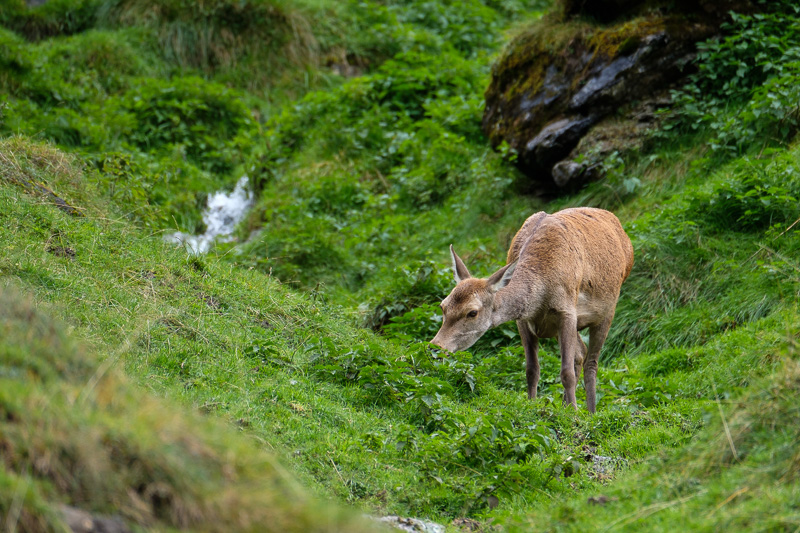
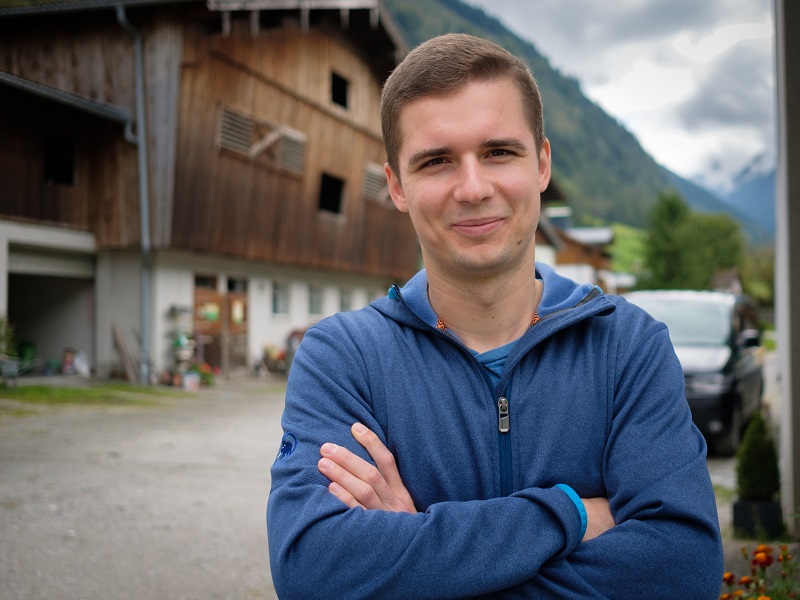
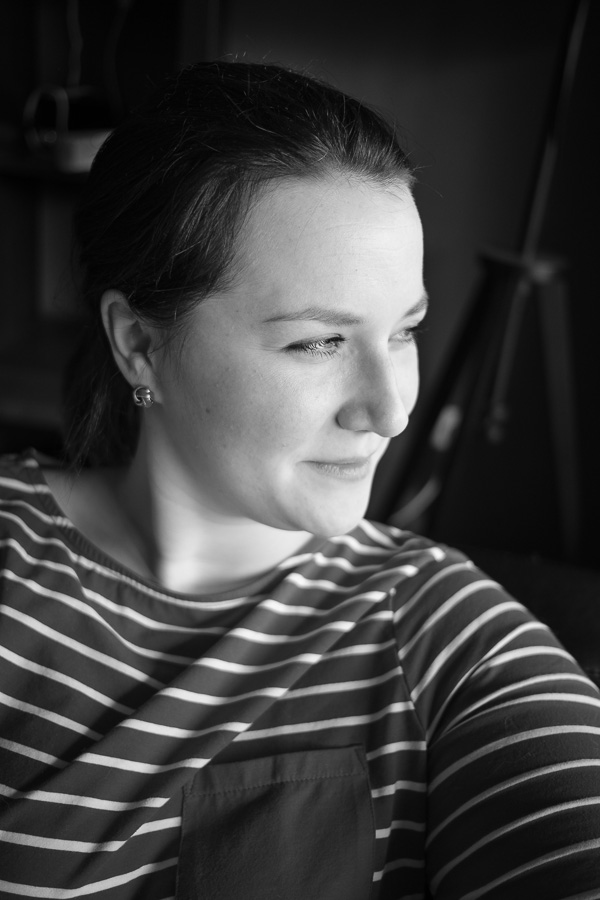
This site contains affiliate links. If you make a purchase using any of the links marked as affiliate links, I may receive a small commission at no additional cost to you. This helps support the creation of future content.
Jannik Peters
Latest posts by Jannik Peters (see all)
- A beginner’s guide to bird photography – Episode 1: Sharpening your senses - August 3, 2021
- Review: Tamron 35mm F/2.8 Di III OSD M1:2 - March 8, 2020
- Review: Zeiss Batis 2/40 CF after the Firmware Update - August 16, 2019
Don’t change your awesome sony gear! Wait for new Sony a7 III coming out and all your problems with your current system will be solved 😉
Yes, that could be true and I’ll make my decision after the announcement if this happens until november.
Kinda curious why you didn’t investigate the a77 or its lesser siblings – such as the a65, which I still use regularly with great success where quick AF is needed. Not nearly as technologically glamorous as the mirrorless appear to be in the eyes of some, but the current A-mount lineup is Sony’s has become the most enduring over Sony’s pockmarked past. A-mount glass adapts well to the a7 series but I consider it a fine system on its own, especially the a99II now as a benchmark model in its own right. You won’t get comparable performance out of any Fuji.
I also own the a6300 and share your awkwardness over its non-DSLR interface, but love the results it can produce.
Hi Jannik, nice review and sone great pictures. Very handsome selfie i must say. Unfortunately I couldn’t get along with the x files so ended up buying a dinky x-a3 with a tiny 27/2.8 to supplement my a7ii and sonnar 50 when I fancy a lighter kit. Love the skin tones coming from my Fuji too. I must check out this 23/2 lens too. Have you tried 46/1.2 APD? That is one hell of a portrait lens. Pictures come out like been processed in light room!
The X-Trans files are really not the horror that I have feared 😉 Only tried the 4 lenses mentioned above but I would recommend all except of the 1.4/35 that has some trouble against the light, is louder and slower.
Interesting review. Went through the same thoughts a few months ago. Decided to go with a7rii in the end. Mostly because of the native lenses I already had.
I gotta say that the af in the a7rii really is much, much better than the a7ii. I wasn’t expecting that much of a difference but for me it really changed a lot. Add fast focusing lenses (fe 35/2.8, fe 55/1.8 and the fe 85/1.8) and I seldom have any issues with my kids (one 6 months and the other 3 years). The a7rii consistently nails focus on the 3 year old on a moving bike in a lot of situations. The a7ii was not even close a lot of times. Not using eye-af but regular AF-c. Low-light af is so much better as well.
But those colors from the fuji! Would really like that on the Sony as well. Sure the Sony gets better with huelight profiles and some white balance fixes but would be nice to have better straight from camera.
And of course the superb adaptability of legacy lenses on full frame was part of the decision. Even though I’ve moved more and more to native lenses lately.
Looking forward for the next part of the review.
I see, we are in the same boat 😉 I don’t need the 42 MP files most of the time, they actually drive my hardware to the limits. Tried this with the RX1RII a while ago. But yes – this gives me hope that the A7III could solve my problems.
I am not really sure what the special sauce regarding the colors is, but it is there and it can be a big big factor, especially for portraits.
Good read.
In my case, I did make the switch.
Was a Canon DLSR user from 2004 through to 2015. Then I got a Sony A7II and bunch of manual lenses (Leica mount or Nikon F)… pretty much a few months later upgraded to an A7RII.
Fantastic sensor, but just couldn’t get on with the handling and startup times.
Last year switched over to a X-T2. Since all my lenses were adapted anyway, just needed go get new adapters only.
I find the Fuji system works just as well with adapted lenses, you obviously just need to cater for the crop-factor in your lens selection.
I suspect in your case, you’d probably enjoy using manual lenses just as much on the Fuji as you would on Sony.
In my case, I don’t need auto-focus.
I agree with you that the position of the Sony shutter release button is better. That said, I prefer the feel of the Fuji.
Processing images in LR is easier with the Sony files, but with care, never had problems with the Fuji ones.
If I get the exposure right, and don’t need to adjust…. I find the higher ISO performance on the Fuji OK. I actually find the noise pattern/’grain’ nicer on the Fuji.
But, if adjustments are needed to exposure in post-processing, the Sony files are then better to work with.
As for the crashing/hanging…. I wonder if you have the proper batteries? The older X-T1 batteries fit in the X-T2, but can cause instability, from what I’ve read.
Mine has crashed once (about a month after I got it). Been 1 year since, no issues.
Anyway, nice write up. Looking forward to see what Sony do with A7III.
Not battery issue. The newer XT3 and XT2 will perform without issues IF you use the fastest SD cards available. The camera is too fast for the older cards. New card, problem fixed.
Hey Gavin!
i am currently also using a a7ii.. but i am seriously thinking to switch to fuji with all may adapted lenses! i heared from many that on the aps c sensor the quality drops quite a bit? Did you noticed something like that?
Best reviews, as usual. I love your detailed explanation. I actually purchased the Xpro2 just 2 days ago after renting the 16-55 f2.8 lens. I liked that lens a ton.
Good write-up.
But if your main complaint of the A7II is slow AF speed to capture your kids etc., and the X-T2 is great in this regards, I’m not sure I follow your conclusion.
Anyways, soon to be released A7III will probably up the AF so that there’s no need to switch
The X-T2 is much better in AF than the A7II, in every regard. It is much better in AF-S, but I am not overly convinced by it’s AF-C capabilities. The AF is my main complaint about the A7II, but especially but there are also other things that I look for (better viewfinder, good studio AF with the best lenses, silent shutter, better handling (AF Joystick) The A7III could check all these boxes but I want to be ready if it won’t.
Hi Jannik,
I am in the same boat now. Regarding AF-C, it matters a lot what the settings are. Check this link for details: https://www.youtube.com/watch?v=nr9afWFgTpM&t=733s.
There are more similar experiments on youtube.
Also, Fuji is supposed to up the tracking speed and success rate with a firmware update at the end of the month.
I am bugged with the A7II especially because of missing features that could be added with a firmware update. Fuji seems to be here different. Sony sort of failed (see the star eater issues…).
However, nice article and good luck with your quest!
Good article. A7III is expected to be announced in October & there will also be a new version of the X-T2 perhaps before the end of the year, which has IBIS. You will be spoilt for choice.
Balanced, well-written review – much appreciated. I am on the other side of the fence: Fuji user for almost 3 years and Canon for many years, looking to consolidate the two systems into single Sony. What I’d miss is the colors, light weight, and handling of the Fuji gear – these are all big factors for me – so I am still deliberating.
Thank you for the interesting article. It is always good to have a peek over the fence…. I suppose that the white balance in the Fuji is much better tuned out of the box. I would love to find myself using a grey card much less often with Sony A7 series.
AF-C is where I have always been disappointed with mirrorless cameras. Until the a9. I had a loaner unit for a few weeks and shot some weddings, events and two NFL American football games with it (and 70-200/2.8 and 100-400) alongside my Canon 1DXII and 200-400. It generally equalled the AF capability of the Canon for most action sequences (despite a rather significant quirk with the 100-400) and was generally reliable during the weddings and events to the point where AF wouldn’t usually be my major concern with it.
Given your reservations about the Fuji’s AF-C consistency, in your position I would not spend the money to switch systems. I would consider how much such a switch would cost and determine how close it is to an a9. Maybe it’s not that far off? In any case, it would seem reasonable to wait for the a7III announcement while you have a month to evaluate the Fuji. Maybe the a7III won’t get everything from the a9, but it should still be a fair amount better than the a7II and that might be good enough.
In the meantime, for demanding AF applications, I’m sticking with my ancient DSLRs that surprisingly still work very well. 🙂
Thank you very much for a nice and detailed review. Concerning spot autofocus, you write that “the spot size is a little too large for my taste.” I would just like to mention that you can adjust the size of the focus point by turning the front wheel while the green focus point indicator is displayed in the view finder or back screen.
The simple answer here is buy an A7Rii and upgrade your computer
This camera will give you need and you will save significant money as you won’t need to change your entire camera system.
The A7Rii is a couple of years old already and therefore you should be able to find one for a reasonable price.
The focusing is far superior to the A7Ii, you can use your existing AF lenses and the AF-C mode with eye-AF will get you the photos you want of your son.
Thank you for this honest and thorough discussion of the Fuji system… it was all-the-more compelling because of your experience with the Sony e-mount cameras and all the various lenses you’ve tried with them.
Please allow me to add, as well, that I think phillipreeve.net simply rocks! Mach weiter so (keep up the good work, I think).
Really good report Jannik.
I would love that two-way tilt screen of the Fuji, as someone who often shoots in “portrait” format, the one way tilt on the Sony A7 is only half-way good. Also I believe the Fuji AWB is much more accurate than Sony’s, it’s my biggest annoyance with the A7, always way too “warm” and pink.
I know it’s often said, but I really would prefer the Sony in the Fuji body. (I came from Nikon F2/F3 film cameras, which I loved, and the Fuji is much more like them, than the Sony.)
Quite an interesting review. I see I’m not the only one hovering between the two brands, hah! I actually made the switch early this year from Fuji to Sony, then stepped back a bit and now I own both systems (A7II & X-T20). I also mainly photograph my family and children. You can see some of my photography here:
https://www.flickr.com/photos/tonipalmen/
When I came from Nikon in 2015, I bought the X-T1 which I really loved and I went through most of their lens lineup during the following (almost) two years. There’s really no bad lenses optically in the XF lineup. But their AF can be a hit and miss –
except for their latest lenses. And I also bought the X-T10 as second body.
But it was the love for manual vintage glass that got me interested of buying A7II (phillipreeve.net playing a large part in that decision). Having either crop factor or playing with focal speed boosters (Lens Turbo II) with Fuji was a bit annoying and I was never really satisfied. But A7II really works like a charm and the IQ of the Sony sensor is stunning.
Finally for our last summer vacation in June 2017, I bought my first native Sony AF lenses (FE28/2 and FE55/1.8 ) and sold all my last Fuji gear completely. I really fell in love with the Sony setup and the look I was getting from it. The XF35/1.4 just didn’t do it for me like the FE55/1.8 does. It’s pure magic. And now I’m about to get the FE85/1.8 to complete the setup, which I’ve heard is faster to focus and more silent than the XF56/1.2. I had the XF56/1.2 earlier but sold it as it was just too slow on X-T1 and felt a bit too “clunky”. Used it too little, even if the images were pure gold.
But coming from Fuji, I really missed the tactile feel of Fuji and the manual aperture rings and dials. And the Sony A7II is a bit hevy piece of gear. Sometimes smaller and lighter is nice. So I bought and tried the A6300 for a short while along the A7II but that left me unimpressed. Felt like smooth little “computerized brick” after the Fujis. Sold it and bought the smaller body X-T20 which I now have, along with the newer XF23/2 and XF35/2. I might complete the F2 “Fujicron” trinity and get the XF50/2 as well, but only after I’ve bought the FE85/1.8 for Sony.
I am still unsure how much I want to invest into both systems. I would love to stick with just one. Having two kinds of raw files mixed in my catalog is kinda annoying – even though I’ve really learned to match their look really well. Like some people have said, we are spoilt with too many good options.
PS. Try adjusting the detail slider of the sharpening to 60-100 range and keep amount to 25 or so. That seems to do the trick with Fuji raw-files. I find them sharp enough.
Love the colors from fuji files but i still think fuji files looks a bit plasticky …they don’t feel organic to me…
„…. and my biggest worry about the APS-C sensor is that the maximum amount of subject isolation will not be sufficient. “
This was the key sentence of your test!
So I will wait for an upcoming Sony α FF and will use my old Minolta and Leica lenses 😉
Hi Jannik,
Thank you for this nice review. Could you do a direct shot to shot comparison between the A7 ii and the X-T2 in terms of color rendition? It would be nice to see if there is a big difference in color and white balance (in landscape and skin tone for example).
Me too! JPG please. If i look at the pictures above they are little oversaturated and with unnatural colour (for me). I think the sony file are not the best for creative work but i really like the natural look. My problem with today cameras is that the first generation is quite light with decent price performance (A7: 500g 1100$). The second generation is heavier and pricier (like A7ii: 600g 1400$). If the A7iii should be around 2000$ and heavier than the A7ii then i switch to Fuji because their X-T20 is light and has a decent price performance (their X-T2 has the same problem, very very expensive and quite heavy, X-T3 with IBIS of course heavier). Same thing for the A6000. Sony system is getting more and more expensive and heavier. Very sad because some of their lenses are not heavy and expensive (FE 28mm etc.).
Great article Jannik, I’ve been reading this site for a very long time, it has been a great help in terms of adapted lens choices.
I actually shoot with a Fujifilm X-T10 and 99% adapted glass, Minolta and various M42 mainly.
I’ve been thinking a long time about getting a Sony A7II for the IBIS and Bayer sensor for shooting my adapted lenses.
I mainly shoot Landscape and seascape shots, so I see a lot of the “problems” with the X-Trans CFA.
But I love the Fujifilm colours in the RAW files, very minimal processing required.
I’m a bit put off by a lot of reading about Sony colours.
I would love the Sony sensor and IBIS in a Fuji body with the excellent Fuji colour science and regular firmware updates.
Hopefully the next XT series will have at least IBIS and maybe a bayer sensor [I won’t be holding my breath on that one] 😉
Iridient X-Transformer is well worth the small charge. It really does work very well at demosaicing Fujifilm .RAF files, way better than LR/PS ACR. It works very simply as a plugin within Lightroom and outputs a .dng file minus all the smearing mess Adobe products produce in foliage/fine detail etc…
You can also use it standalone to produce .dng files outside of lightroom, ready to be added to any other app you may use.
It saved me from ditching Fuji altogether.
cheers 🙂
Hi,
I’ve made the same change myself.
Had been a Sony fan since Nex 5, then 5n, 6, A7, A6000 then again A7 … tried many lenes starting from kits like 18-55, 16-50 to Zeiss 16-70, OSS 50 1.8, Zeiss 24 1.8 and with A7 – FE28, FE50, FE28-70, Zeiss 35 2.8 … and some others I don’t remember … of course tons of manual focusing ones too.
Then I decided to triy the Fuji and … have been with it for half year ever since. The feeling when you’re using Fuji is just different … it feels far more natural and pleasing … the lenses are better for me … in performance-price ratio especially!
I hate the fact that Sony didn’t release a FE 35mm F2.0 lens … why so many users wanted it ? Yeah the FE 35 1.4 is a beast … but too huge and expensive (I prefer the 1/2 size and price of the Fuji 23 1.4) … I also hate that Sony don’t care for customers like Fuji do with their firmware politics.
As you said the lens line up is quite good … they have excellent F1.4 lenses …
Yes, regarding pure image quality Sony FF sensor is better than crop (Fuji or Sony) … but … I don’t care about it when I don’t have the shot. Photographing with the Fuji is a pleasure … don’t care about extremely shallow DOF either … and there are many situations that shallow DOF could be pain in the ass … and if you need to have more things/people in focus when you close the aperture it results in higher ISO which automatically removes the benefit from the FF sensor 1/1.5 stop better image quality … and so on and so on …
Regards,
Stanley
Don’t change. Buy the 100xf and the voigt 40. I have the 40mm now a couple of days. Terrific summilux feel!!
It made me decide not to go the route you consider. Even after todays announcement of the A7riii iso the A7ii. (-:
Regards, toon
Hey Jannik, any updated thoughts on the Fuji camera? I’m roughly in the same situation family wise with another kid on the way and I have similar limitations with my A7. I’ve tried the a6300 but the poor APS-C lens selection makes me reconsider. You’re time with the Fuji is very informative!
Regarding ISO. I did a test myself, comparing ISO values of Fuji X-E1 and Sony a7r2 and Sony a850 and it came out that the Fuji is cheating between 2/3 and even 1 EV.
I read that X-T1 is no better. Don’t know about T2, but I wouldn’t expect a difference.
So please take it into account, when you say that the ISO performance was worse in Fuji. In fact it was even worse than you thought.
Is autofocus, and possibly battery life, your main issues with a7ii?
I’ve got an A7S and want more megapixels. Had a first gen a7 and like the files more than my A7S. With the A7ii on fire sale right now at $1100 it looks pretty tempting.
I use only adapted manual glass – milvus 50 and 85, soon milvus 135 and possibly 25.
I’m wondering if I should bother waiting for a7iii, though it does look (I hope!) Imminent.
Great article. I’m looking at the same two cameras and here’s my question – I can buy the Sony a7ii with the kit lens 28-70, for $800 less than the Fuji X-T2 with the kit 18-55.These are new prices in Canada currently. I mostly use the camera for travel photos – city scenes, landscapes, people which I like to print at large sizes (18×24 and larger). With your experience of these two cameras and my scenario which way would you go?-
For travel photography, Fuji system is lighter. 18-55mm lens is very Nice, I have used it for landscape and outdoor photography of my kids. For indoor I use 23mm f2. I also bought 10-24mm zoom för landscape and I really like it.
I had Sony A7rii, and I still have it with Sony FE 16-35mm f4, but sold Sony FE 28mm f2,35mm f1.4, 35mm f2.8 ,55mm f1.8, 85mm f1.8, 90mm f2.8 macro,70-200mm f4, Batis 25mm f2,85mm f1.8,135mm f2.8,Loxia 21mm f2.8,35mm f2 and Voigtländer 15mm f4.5.
Now I also have Fujifilm x-T1 with 10-24mm f4, 23mm f2,35mm f2, 18-55mm f2.8-3.5,55-200mm f3.5-4.8.
I love the Fujifilm colors straight from jpg files, I dont do anything in lightroom anymore with that camera, I love the filmsimulation, the design and feel to use it, lightweight and the lenses doesnt cost much compared to Sony FE system.
I still have my Sony A7rii and Sony FE 16-35mm f4, Techart pro leica m adapter with some legacy lenses,Canon fdn 50mm f1.4, 85mm f1.2L,135mm f2,300mm f2.8L, Minolta md 28mm f2.8,35mm f2.8,35-70mm f3.5,75-150mm f4, Contax Zeiss 50mm f1.4, SMC Pentax k 50mm f1.4,Olympus mc 50mm f3.5 macro and som more lenses.I also use Voigtländer Nokton Aspherical II 35mm f1.2 indoors with A7rii, but now I use Fujifilm with 23mm f2 more because of the colors and feel in pictures.
Im not sure ger if I Will sell my A7rii, but I feel that full frame and Sony A7 series is very pleasant feeling to use with legacy lenses, but for wideangle the FE 16-35mm f4 is a better choise.Maybe I miss Sony FE 90mm f2.8 macro and 55mm f1.8 a little, but the 90mm was too big and I didn’t use the 55 so much, but the AF was very Nice and I could use eye focus with the lenses. In the Fuji system adapted lenses works Well, but many of the legacy lenses doesnt make sens of using in crop mode, they really need full frame.
I dont know what I Will do, but I Think I Will keep the A7rii, because i still love to use adapted legacy lenses and want the full frame look sometimes, and the thin dof.
Update.Now Im selling the A7rii and X-T1, and Will keep the X-T2. The A7rii has better resolution and image stabilisation,which I dont Think I Will need when printing photos. Im getting higher iso indoors with x-t2 but the images looks really nice in jpg so thats no problem. It feels much better to have a cheaper and lighter equioment,that gives me very Nice pictures in jpg and I dont need editing raw filer. I still Think Sony A7rii is a good camera, but I dont need it.
Hello Jannik,
I am exactly in the same situation as u are. Autofocus is just key with kids. I am planning on making the switch from the a7 ii to the iii.
Seems like the perfect camera (maybe better evf would be nice) for our needs.
What r your thoughts?
Hallo,
Mein Englisch ist leider miserabel.
Versuche schon viel zu übersetzen, aber die Zeit, die da verloren geht ist immens.
Da ich aber viel Wert auf Phillips Bewertungen, zB im Systemkamera Forum, lege, hätte ich es gern in deutsch.
Bin selber schon von Fuji zu Sony und wieder zu Fuji.
Die xt 2 ist eine tolle Kamera aber der Bildeindruck von der Sony a7ii hatte irgendwie was wirkungsvolleres, plastischer.
Ich stehe nun wider mal vor der Entscheidung weiter mit xt2 oder der a7rii oder a7iii.
Wenn mein
Kmmendar unpassend ist, einfach ignorieren.
Gruß
Hallo Holger,
versuch mal Google Translate, das klappt inzwischen erstaunlich gut: https://translate.google.de/translate?sl=en&tl=de&js=y&prev=_t&hl=en&ie=UTF-8&u=https%3A%2F%2Fphillipreeve.net%2Fblog%2Fthe-fuji-experiment-a-sony-a7ii-user-tries-the-x-t2%2F&edit-text=
Wie haben leider nicht die zeitlichen Ressourcen die Texte auf Deutsch zu übersetzen.
Grüße
Phillip
Great article, very informative and certainly a tricky choice.
My reservation about the Fuji has always been down to IBIS and the difficulty in editing RAF files in photoshop. Its great to hear that single AF works great from your experience, as some Fujis struggle in this area according to some users. But then the form factor, practical design and Fuji colours make it so desirable. I had been debating purchasing the Sony A7ii, but after reading your review of both cameras, I am now swaying towards Fuji.
Erst mal ein Dankeschön an Phillip, für den Tip mit Translate.
Wieder ein Stück Lebens.-(Wissens.-) Qualität mehr.
Nun zu Jannik.
Da ich die A7ii hatte und die xt2 habe, bin ich fast auf den Punkt Deines Vergleiches, mit Dir.
Mein Wechsel wieder zu Fuji sind oder waren wegen dem Gewicht und den Finanzen begründet.
An der Fuji verwende ich das xf 16/1.4, Voigtländer 35/1.7, Tokina 90/2.5 und das xf18-55.
Das Tokina verwendete ich schon an der a7(ein Traum).
An der Fuji auch sehr gut. An der A7, was die Freistellung betrifft entscheidend besser. Das Voigtländer an der Fuji auch sehr sehr gut. Ich denke an der Sony noch besser. Hier habe ich keinen Vergleich. Das xf 16 ist eines der Besten von Fuji.
Das xf 18-55 ( eines der besten Kit-Zoom’s) kommt bei unseren Enkeln und wenn’s flexibel sein muß, zum Einsatz.
Was ich eigentlich sagen möchte. Ich verwendete bisher, außer der Fuji x e2, nur Gebrauchtware.
Ich kann auch mit einer Sony gewichtsmäßig und finanziell “günstig” fotografieren( Voigtländer Heliar 15, Ultron 35 u. Tokina 90 und ein 50er AF von Sony). Sony G -Objektive überlasse ich dem Profi.
Fuji hat eben von der Handhabung was besonderes an sich. Die produzierten Farben und das direkte Einstellen von Parametern.
Sony hat die etwas bessere Bildqualität.
Vom Menü her, ist auch Fuji etwas verschachtelt( der Wechsel von AF Linsen zu Manuellen).Hier muß ich in’s 3. Untermenü. Die Möglichkeit der Belegung einer Funktionstaste wäre effizienter.
Fuji oder Sony !
Das muss letztendlich jeder für sich entscheiden, was einen wichtiger ist.
Ich warte ,bis die Sony A7iii günstiger wird und entscheide neu.
Hi, I’m thinking about to buy my first camera. I have to make the same decision now Fuji XT2 or Sony A7ii.
I’m leaning more to the XT2, therefore I would like to ask if you have any suggestion for low light shooting with this camera? Which lens would be great for this? Maybe you have some example pictures or a good YT vid 🙂
Thanks!
Jannik didn’t keep the Fuji and ended up with the a7III.
The article finished with half time considerations. I’m curious what was your final decision – stay with sony or move to fuji, and why?
Jannik is very busy at the moment so I will answer your question: He wasn’t 100% happy and now owns the a7III with which he is very happy.